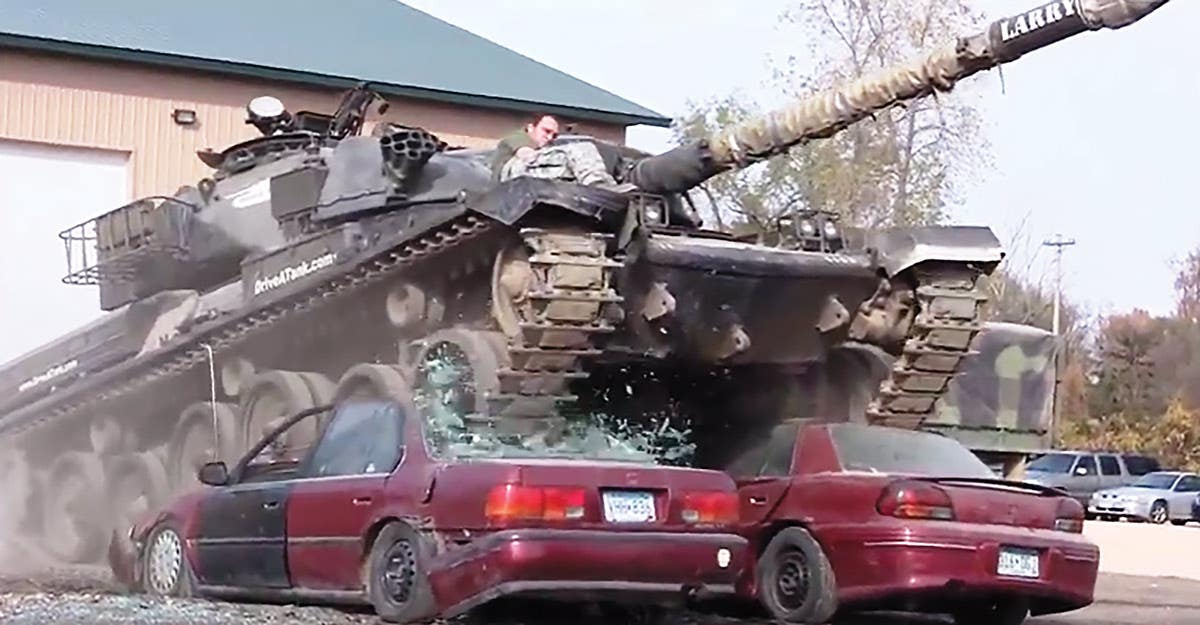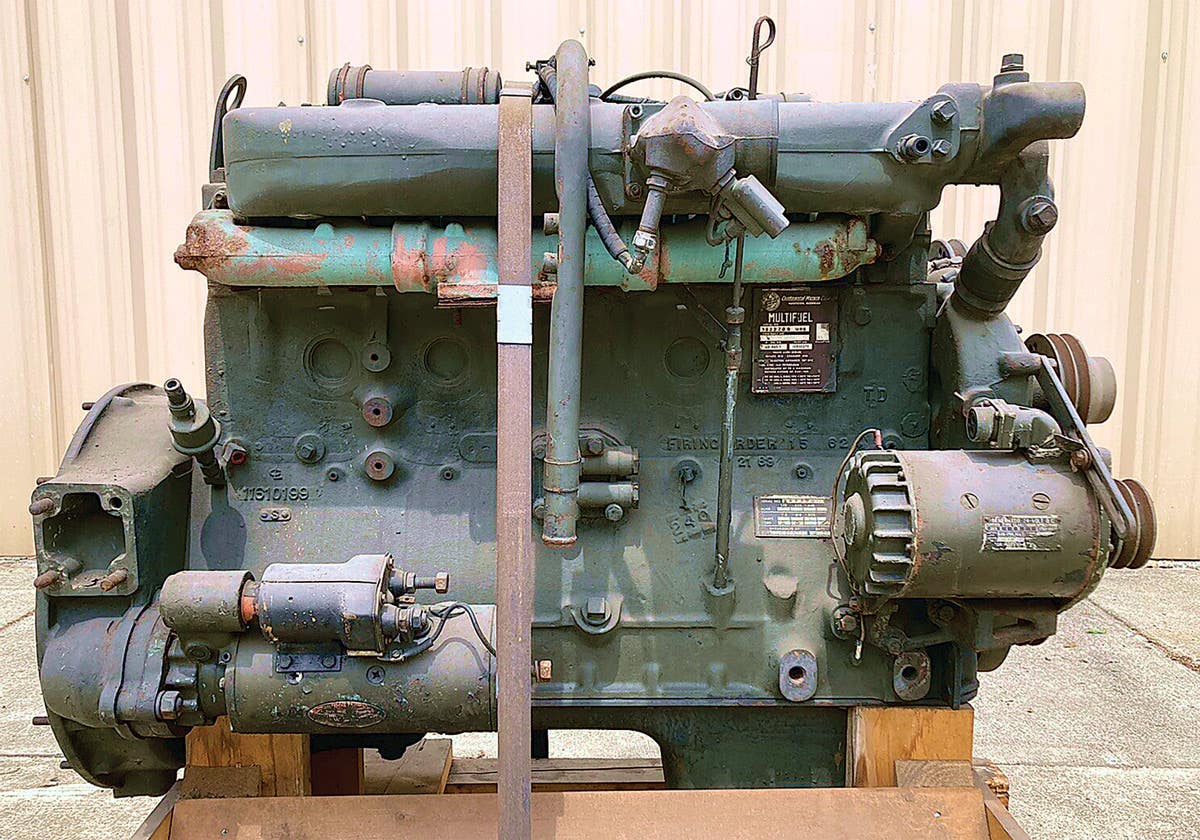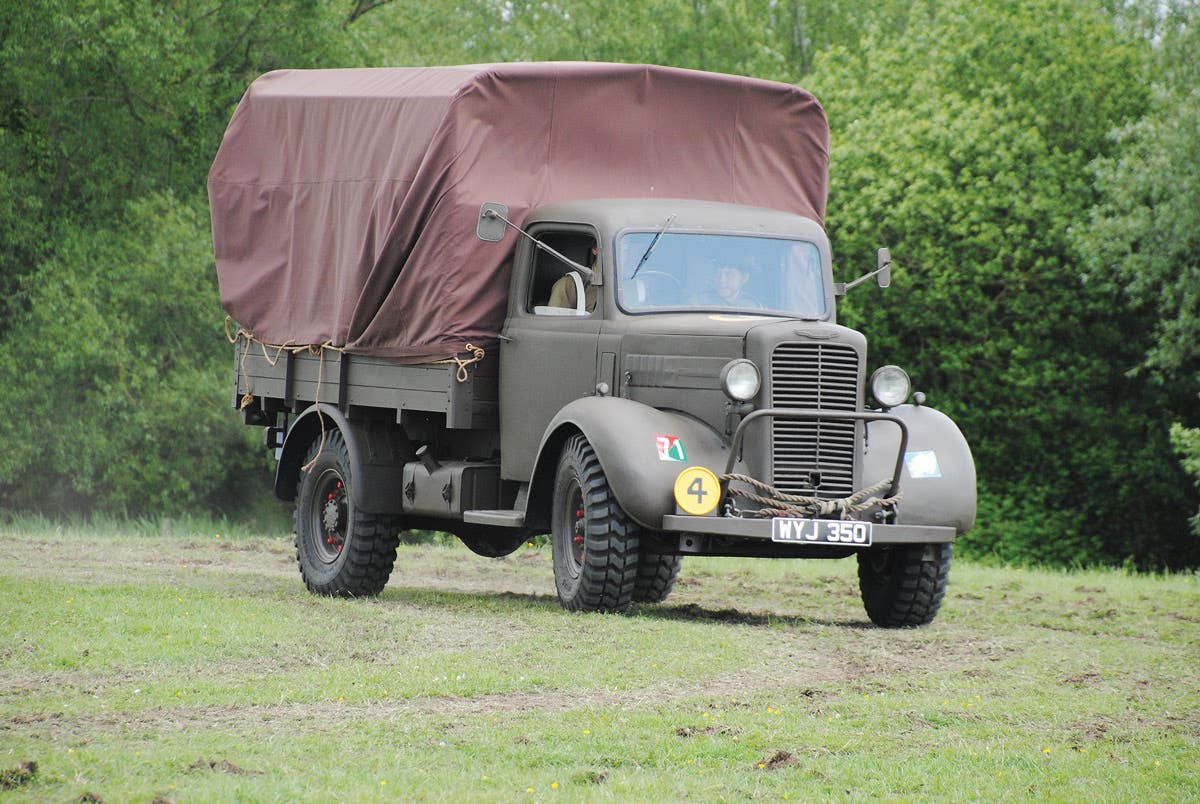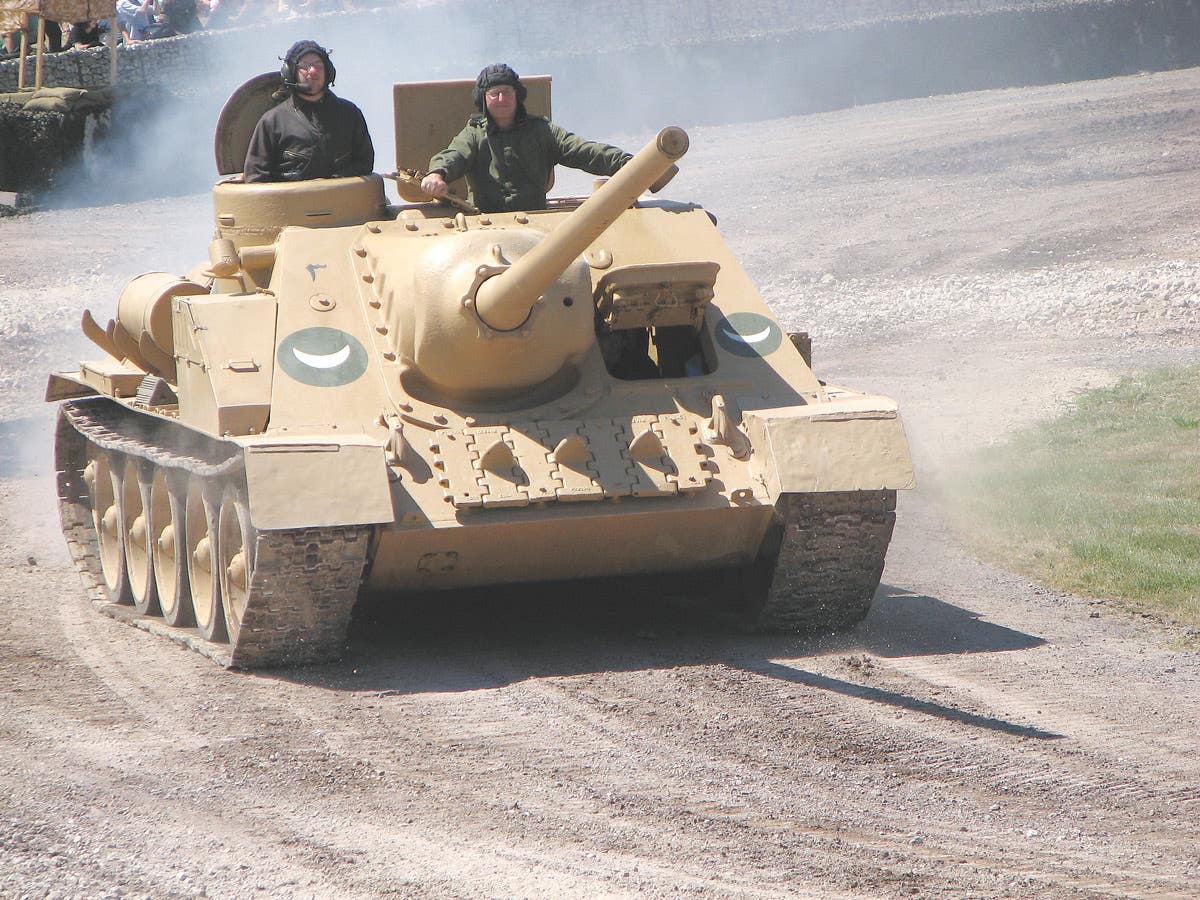G-630: The Military’s “other” WWII 2-1/2-ton truck
Designed by Studebaker, the US6 was an alternative to the 2-1/2-ton GMC CCKW and the International M5-H6 6×6 trucks during WW2.
Studebaker’s huge South Bend, Ind., works began turning out these vehicles in June 1941, and continued through August 1945, with 197,678 rolling out of what was once the nation’s largest wagon maker. These were joined by 22,204 identical trucks built by Reo Motors in Lansing, Mich., indistinguishable from the Studebakers, save for the data plates.
Regardless of maker, the US6 was powered by the Hercules JXD six-cylinder engine. This engine also powered the White M3A1 Scout Car and the Ford M8 and M20 armored cars.
Because so much of the US6 production was sent to Russia, (which has notoriously harsh winters), the vast majority of these trucks were built with closed cabs. The irony of this is that the World War II Standard (open) Military cab — used on almost every other truck — was developed by Studebaker! However, the weather prevented its use on all but about 10,000 of the Studebakers between December 1942 and March 1943.
These trucks were produced in short (148”) and long (162”) wheelbases. The US6 used the same transmission and transfer case as the GMC CCKW. Even the Timken axles were the same as those used on many of the GMCs.
The brake system employed by Studebaker was not the Hydrovac system that GMC used. Instead, Studebakers were equipped with a vacuum-boosted brake system.
In addition to the common 6x6 version, the US6 was also produced in 6x4 form. Since the 6x4 version was intended for on-road use only, its weight classification was five tons, whereas the 6x6 version was rated using the traditional off-road system of 2-1/2 tons.
Today, the US6 is not wildly known in the United States nor as easily recognized as its 2-1/2-ton GMC counterpart, the CCKW. The s largely due to these trucks’ export, en masse, to the Soviet Union. In fact, these trucks’ power and reliability became so popular with their new Russian owners, that “Studebaker” came to be accepted asa slang term in the Russian language. While in this country, we might say something or someone was “built like a Mack Truck,” saying the same using “Studebaker” in place of “Mack Truck” would weigh in with the same effect in the Soviet Union.
And while popular folklore mistakenly implies the US6was a copy of the GMC design, imitation is the highest form of flattery. The Soviet Union was unashamed to “reverse engineer” the US6 and build unlicensed copies, known as the ZIS-151.
You may also like:
*As an Amazon Associate, Military Trader / Military Vehicles earns from qualifying purchases.
David Doyle's earliest published works were occasional articles in enthusiast publications aimed at the historic military vehicle restoration hobby. This was a natural outlet for a guy whose collection includes several Vietnam-era vehicles such as M62, M123A1C, M35A2, M36A2C, M292A2, M756, and an M764.
By 1999, his writing efforts grew to include regular features in leading periodicals devoted to the hobby both domestically and internationally, appearing regularly in US, English and Polish publications.
In 2003, David received his a commission to write his first book, The Standard Catalog of U.S. Military Vehicles. Since then, several outlets have published more than 100 of his works. While most of these concern historic military hardware, including aircraft and warships, his volumes on military vehicles, meticulously researched by David and his wife Denise, remain the genre for which he is most recognized. This recognition earned life-time achievement in June 2015, when he was presented Military Vehicle Preservation Association (MVPA) bestowed on him the coveted Bart Vanderveen Award in recognition of “...the individual who has contributed the most to the historic preservation of military vehicles worldwide.”
In addition to all of publishing efforts, David is the editor of the MVPA’s magazine, History in Motion, as well as serving as the organization’s Publications Director. He also maintains a retail outlet for his books online and at shows around the U.S.








